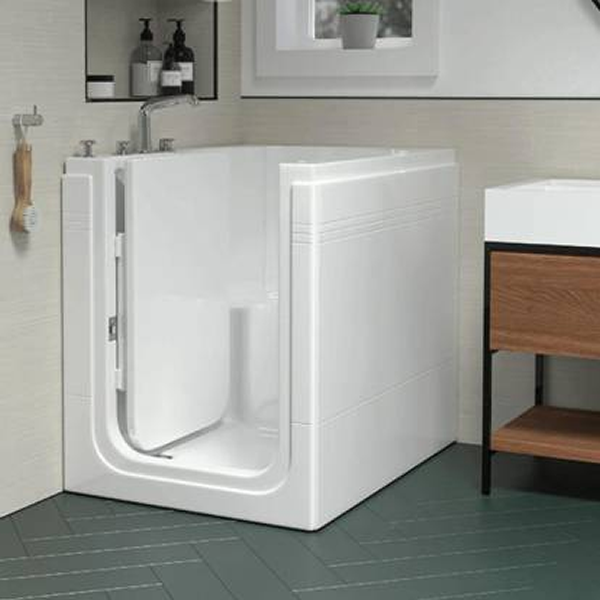
As our parents age, it becomes increasingly important to ensure that their living environment is safe, comfortable, and accessible. Simple modifications and thoughtful adjustments can go a long way in making their living space conducive to their changing needs. So how do you begin exploring various strategies to make your abode safer and more accessible for your elderly parents? Here are some top tips.
- Assess the current situation
Before making any changes, it's crucial to assess the current state of your parents' living space. Walk through the home with them and identify potential hazards, such as loose rugs, cluttered walkways, and uneven surfaces. Take note of any areas that might require improvements.
- Improve the lighting
One of the very first things you can do is improve the lighting. Dim lighting can pose a significant risk to older people, as it increases the chances of trips and falls. Upgrade lighting fixtures, consider installing motion-activated lights in hallways and bathrooms, and ensure ample lighting near staircases, entrances, and frequently used areas.
- Install grab bars and handrails
Installing grab bars and handrails can greatly enhance safety, particularly in bathrooms and staircases. These fixtures provide support and stability, reducing the risk of accidents. Make sure the bars are securely anchored and able to support the weight of your parents. In addition, consider making major modifications such as walk-in baths. Bathrooms can be high-risk areas for seniors, so why not install walk-in bathtubs or showers with built-in benches and handheld showerheads for added convenience? If necessary, you can raise the toilet seat height and use non-slip mats to prevent falls.
- Set up anti-slip flooring
Speaking of flooring, replace slippery floors with materials that offer better traction, such as non-slip mats or rugs with rubber backing. Consider using textured tiles that reduce the likelihood of slips in bathrooms, even when wet.
- Widen doorways
If your parents use mobility aids like walkers or wheelchairs, widening doorways can make it easier for them to move around the house. This modification might require professional assistance, but it can significantly improve accessibility.
- Declutter and rearrange the furniture
Clearing pathways of clutter and rearranging furniture to create open spaces can help prevent trips and falls. Ensure that cords and wires are tucked away to avoid entanglement.
- Kitchen considerations
In the kitchen, store frequently used items within easy reach to minimise the need for stretching or bending. Install lever-style handles on faucets and cabinet or cupboard doors to make operating easier.
- Technology for safety!
Technology can play a crucial role in ensuring your parents' safety. For example, consider installing emergency alert systems that they can use to call for help if needed. Smart home devices like voice-activated assistants can also simplify tasks and enhance their independence.
- Do regular maintenance
Once you've made the necessary modifications, conducting regular maintenance checks is important. Check handrails, grab bars, and other safety fixtures for stability. Replace or repair any items that show signs of wear and tear.
- Professional assessment
For a comprehensive approach to safety and accessibility, consider hiring a professional who specialises in home modifications for seniors. They can provide expert guidance tailored to your parents' specific needs and recommend appropriate changes.
Creating a safe and accessible living environment for your elderly parents requires careful consideration and thoughtful planning. By implementing the tips mentioned above, you can help prevent accidents and make their daily lives more comfortable.
